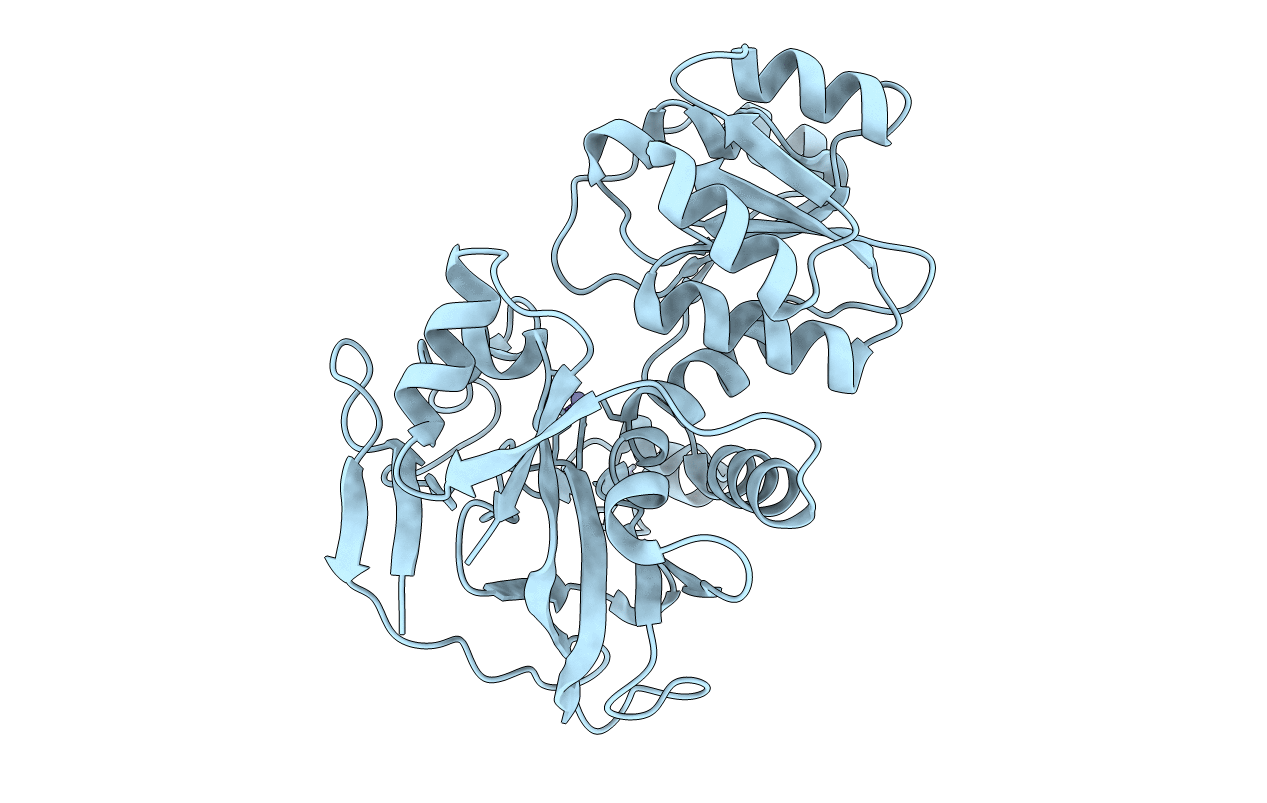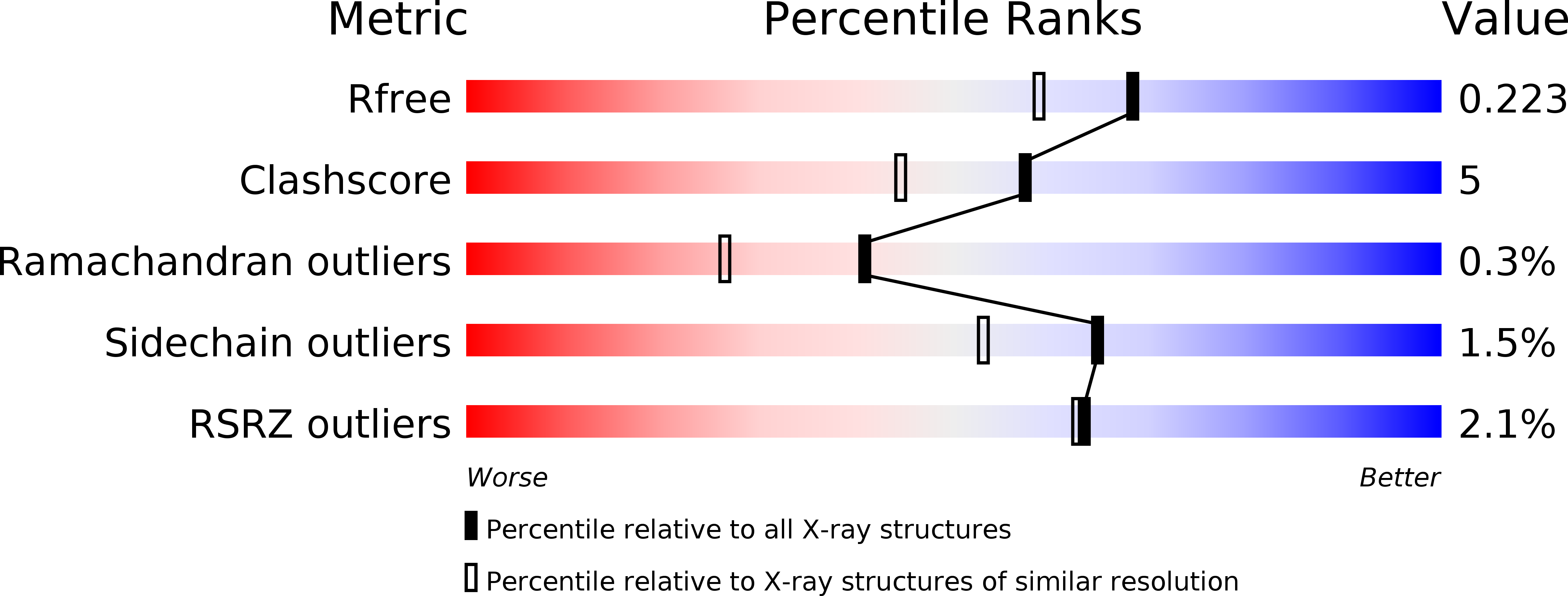
Deposition Date
2001-08-29
Release Date
2002-08-29
Last Version Date
2024-11-13
Entry Detail
PDB ID:
1JVB
Keywords:
Title:
ALCOHOL DEHYDROGENASE FROM THE ARCHAEON SULFOLOBUS SOLFATARICUS
Biological Source:
Source Organism:
Sulfolobus solfataricus (Taxon ID: 2287)
Host Organism:
Method Details:
Experimental Method:
Resolution:
1.85 Å
R-Value Free:
0.22
R-Value Work:
0.19
Space Group:
I 41 2 2


